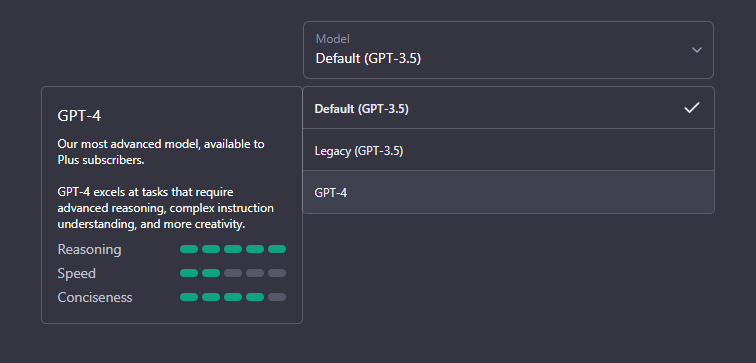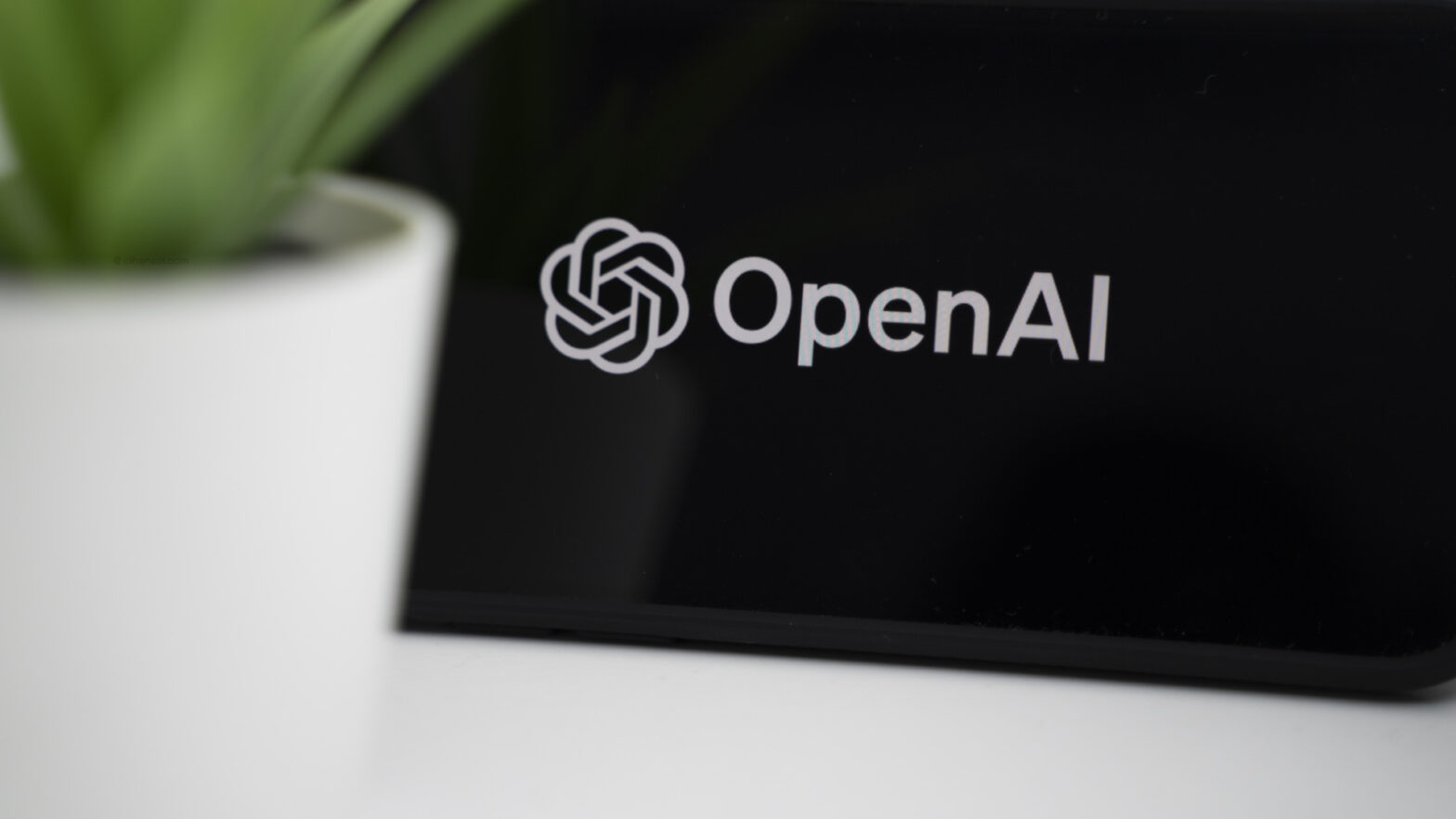OpenAI has recently announced its latest AI model, GPT-4, which is set to power the next iteration of ChatGPT. ChatGPT is a sophisticated chatbot capable of engaging in natural language discussions with people on a wide range of topics. The current version is based on GPT-3.5, a cutting-edge deep learning technology that uses artificial neural networks to generate human-like text. Although similar things have been done before, what stands out about this is its ability to engage in conversation and respond to unique questions that traditional text-based AI typically cannot handle.
What is GPT?
GPT, which stands for Generative Pre-trained Transformer, is a machine learning model that is trained on a vast amount of text data. Its primary purpose is to generate human-like text responses based on the given input. The number on the end represents the generation or version and with every successive iteration, improvements in the model’s architecture, training data, and overall performance become evident when compared to its predecessor.
GPT-4
GPT-4 is the fourth iteration of the text-based AI model trained by OpenAI who have been releasing iterations since 2018. They claim it can respond better by seeing reason and is the first model to accept images as input that they have released. Previously it would only accept text prompts. It can now also generate longer responses as it’s able to generate up to 25, 000 words of text. OpenAI has revealed that GPT-4 was trained on Microsoft Azure AI supercomputers and has been deployed on Microsoft Azure’s AI-optimized infrastructure to ensure efficient access for users worldwide. Unlike GPT-3, GPT-4 is not available for free and requires a subscription to GPT Plus, which costs approximately $30 AUD per month. I have decided to give this new model a go and once subscribed a new option is available in Chat-GPT to try the newly released model. They also give you the option to switch to various versions of GPT3.

Limitations & Issues
Similar to its predecessors, GPT-4 has its limitations, including a tendency to generate hallucinated answers or introduce biases in response to certain questions. While using GPT-4 to write Verilog, a Hardware Description Language (HDL), I’ve noticed that it occasionally fabricates syntax that, although seemingly plausible, does not actually exist. It also only has knowledge of world events only going up to September of 2021 so asking it questions about significant milestones after that time could yield a fabricated answer or no answer at all.
Evolution of AI
OpenAI’s release of GPT-4 marks a significant milestone in the evolution of AI language models. While it retains some limitations, such as making up answers and occasionally making simple reasoning errors, GPT-4 demonstrates notable improvements over its predecessor, GPT-3.5. These advancements include a reduced likelihood of generating harmful or disallowed content along with a heightened compliance to OpenAI’s policies for sensitive requests. In the past, I have been fascinated by ‘jailbreaks‘ related to these policies and answers where it says it can’t do something while doing that very exact thing, which I might delve into in future posts.
In conclusion there is still much to discuss in this rapidly evolving domain, and I will continue to share content on utilizing the API, as well as delving into intriguing use cases that I’ve come across.

